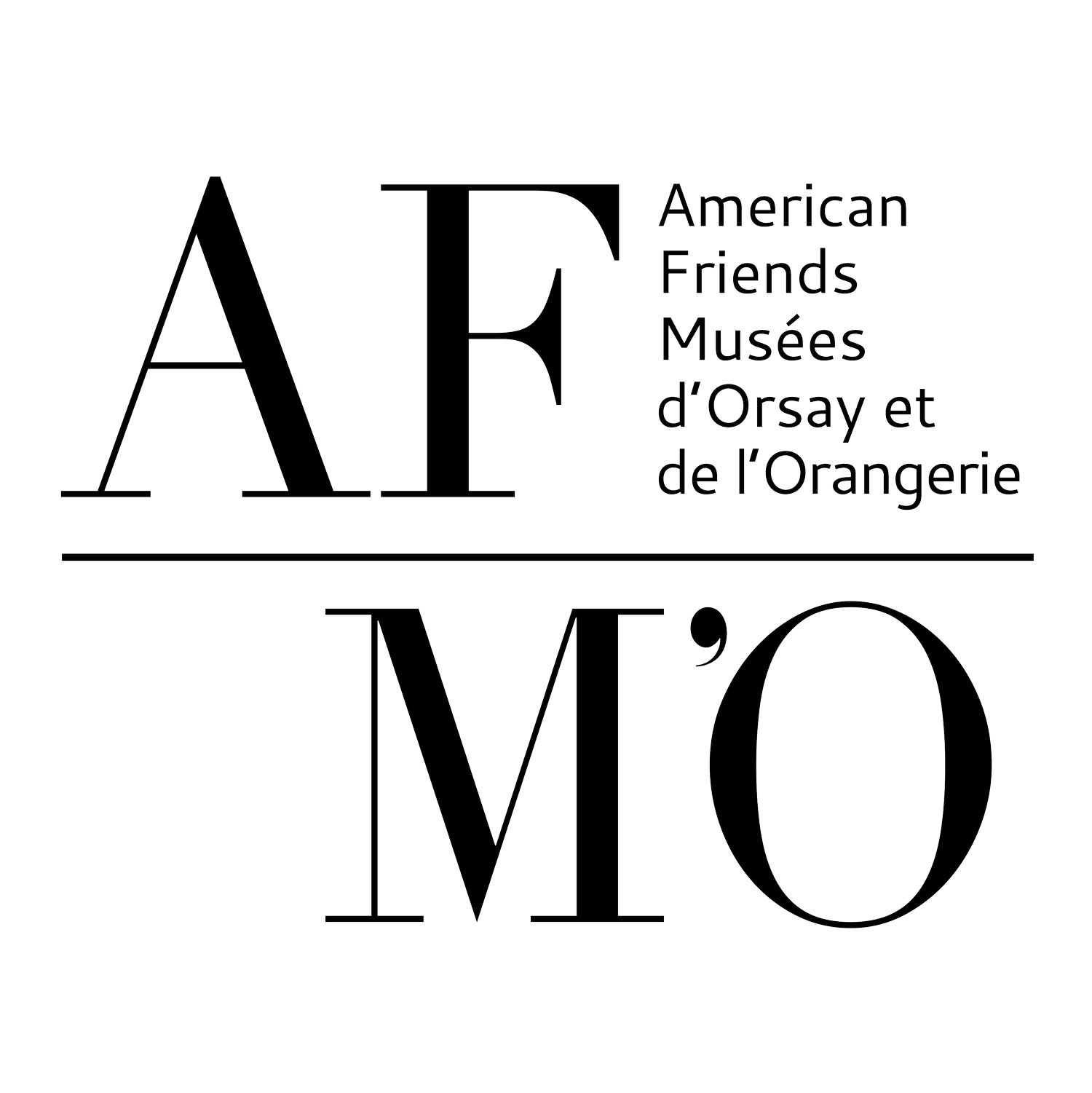The two paintings traditionally held to have launched the Impressionist style in the summer of 1869 are Monet’s and Renoir’s depictions of La Grenouillère, a popular bathing spot near Chatou, on the river Seine.
In the first two decades of Impressionism (1869-1889), the Seine came to play a central role in the development of the new style. The study of flickering summer light on the surface of the water but also the many human activities on or beside the river: bathing, rowing, sailing, strolling, working, lunching, flirting, and open-air painting will become key subjects in the work of Monet, Manet, Renoir, Sisley, Caillebotte and also Georges Seurat among others.
The Seine came to represent a new vision of leisure and happiness, an escape from the crowds and pollution, and the formal conventions of the city, a new territory of freedom for the urban dwellers of the industrial era.
In this talk, art historian Chris Boïcos will follow the evolution of the depiction of the river from the first open-air sketches of the Grenouillère to the monumental compositions created by Seurat in the 1880s in “Bathing at Asnières” and the “Sunday Afternoon on the Grande Jatte”.
Every month, on the third Saturday, Christophe Boïcos and Anne Catherine Abecassis take turn and host a conference, followed by a short Q&A session. The conference will be recorded live, and available online for one month.
Starts at 5:00pm (CET) / 11:00am (ET) / 8:00am (PT) - available on replay for one month
All invitations are personal and non-transferable.
Credits: Claude Monet, Bathers at La Grenouillère, 1869 © The National Gallery, London

